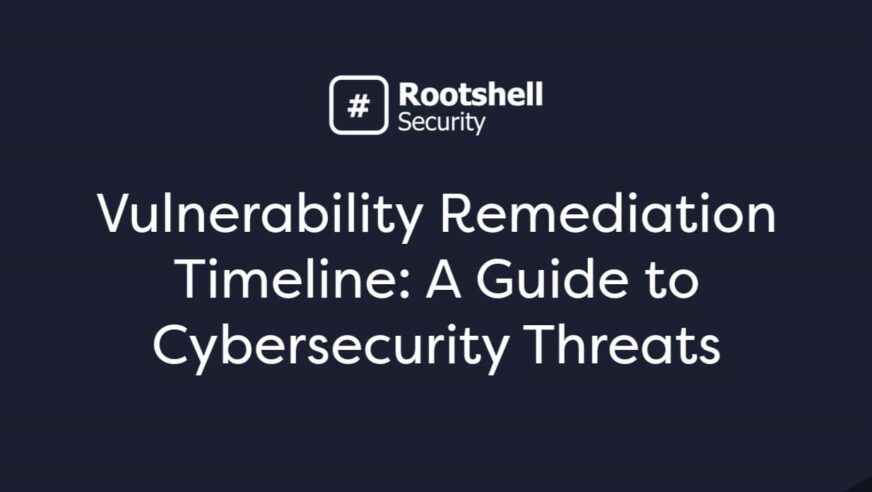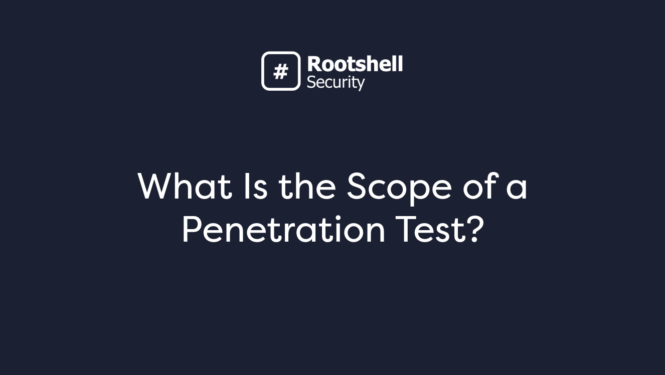Recent studies highlight delays in addressing vulnerabilities, exposing organisations to potential cyber threats. A 2024 report by Bitsight revealed that over 60% of known exploited vulnerabilities remained unremediated past their designated deadlines, with critical vulnerabilities taking an average of 137 days (4.5 months) to resolve. High-severity vulnerabilities fared even worse, averaging over 9 months (238 days) to remediate. To avoid the costly impact of a breach, organizations must be proactive about securing their IT environments. In this blog, we explore what the CISA remediation timeline is, why it matters, and how to align your internal processes with it.
What is The CISA Vulnerability Remediation Timeline?
Vulnerability remediation involves identifying, prioritizing, and fixing vulnerabilities within a system, application, or network. Once a vulnerability is discovered, remediation ensures it is addressed promptly to reduce the risk of exploitation.
In a perfect world, every vulnerability would be immediately fixed upon discovery, but in reality, remediation requires time, resources, and a strategic approach. To address this, CISA’s Known Exploited Vulnerabilities (KEV) Catalog provides a prioritized list of vulnerabilities that must be remediated within a specific timeframe (usually 15 to 25 days).
Organizations – particularly those operating within federal infrastructure – must follow the CISA vulnerability remediation timeline to maintain compliance and strengthen security. The KEV Catalog is continuously updated as new threats are identified, ensuring that remediation efforts remain aligned with the latest cybersecurity risks.
Why is a CISA-Aligned Remediation Timeline Important?
- Reduced Risk Exposure: According to a Google Cloud blog, vulnerabilities that remain unpatched for extended periods are disproportionately targeted
- Well-organized Resource Allocation: Clear timelines allow organizations to prioritize high-impact vulnerabilities, improving IT and security resources.
- Regulatory Compliance: CISA’s timeline ensures that organizations, especially federal agencies, meet required compliance standards under directives like BOD 22-01.
- Data Breach Prevention: Addressing vulnerabilities quickly closes potential entry points for attackers.
KEV Catalog Inclusion Criteria
To be included in the KEV Catalog, a vulnerability must meet three key criteria:
- CVE Assignment: The vulnerability must be assigned a unique CVE ID (Common Vulnerabilities and Exposures Identifier), which is a publicly accessible list of known security vulnerabilities in software and hardware.
- Evidence of Active Exploitation: There must be clear evidence of active exploitation, such as attacks observed in honeypots, ransomware campaigns, or other malicious activities. CISA distinguishes between vulnerabilities that are actively exploited and those that can potentially be exploited. Activities like security research, scanning, and proof of concept are not considered active exploitation.
- Clear Remediation Guidance: There must be specific and actionable remediation steps available. CISA will not add a vulnerability to the KEV list unless there are concrete steps for organizations to follow to reduce the risk.
Components of a Remediation Timeline
A successful vulnerability remediation timeline must be both strategic and systematic. It should involve several steps, each focused on addressing vulnerabilities quickly and effectively. Here are the core components of an effective remediation timeline:
1. Identification of Vulnerabilities
Use tools like scans, audits, and penetration tests to find system weaknesses. Once identified, classify vulnerabilities based on their severity and potential impact. Rootshell Security offers information on vulnerability assessments and how to carry out a vulnerability assessment to help organizations identify and understand their security weaknesses.
2. Assessment and Prioritization
After identifying vulnerabilities, the next step is to assess the potential risks associated with each. This includes considering factors such as the likelihood of exploitation, the potential impact of an attack, and the value of the asset vulnerability.
- Critical: These vulnerabilities present an immediate risk to the organization, often requiring a fix within 24-48 hours.
- High: Vulnerabilities that pose significant risk but may not be as pressing as critical ones. These should typically be remediated within a week or two.
- Medium: These vulnerabilities should be fixed within a month, as they represent a moderate risk to the organization.
- Low: Vulnerabilities that pose minimal risk, but should still be addressed within a few months to reduce technical debt.
This prioritization aligns your internal workflow with CISA’s mandated vulnerability remediation timelines.
3. Implementation of Fixes
Once the vulnerabilities are identified and prioritized, the next step is remediation. This typically involves applying patches and updating software.
4. Testing and Validation
Once remediation measures have been implemented, it is important to test the effectiveness of the fixes. This involves retesting the system to make sure that the vulnerabilities have been successfully fixed. Continuous penetration testing is an effective method as it helps organizations identify residual vulnerabilities and weaknesses after initial fixes.
Best Practices for Vulnerability Remediation
Creating a vulnerability remediation timeline requires careful planning and execution. Here are some best practices to consider:
- Establish Clear Priorities: Not all vulnerabilities are equal. Prioritize based on the risk they pose to your organization. Address the most critical vulnerabilities first.
- Set Realistic Deadlines: While speed is important, make sure that timelines are achievable. Rushed fixes can lead to errors and may not fully address the underlying vulnerabilities.
- Involve Key Stakeholders: Make sure that all relevant teams, such as IT, security, compliance, and risk management, are involved in the remediation process.
- Automate Where Possible: Use vulnerability scanning to automate repetitive tasks and speed up remediation.
- Test and Validate: Always test patches and fixes before applying them to production systems to make sure they don’t create new vulnerabilities.
- Document Everything: Keep detailed records of remediation actions, changes made, and any issues encountered during the process.
- Learn from Past Incidents: Continuously refine your remediation processes based on past experiences and emerging threats.
Stay Aligned with CISA Timelines
To meet the expectations set by CISA and improve your security:
- Use the KEV Catalog as your vulnerability prioritization reference.
- Establish response SLAs for critical vulnerabilities.
- Automate scanning and ticketing to speed up remediation workflows.
- Involve cross-functional teams from security, IT, and compliance.
- Document everything, especially remediation deadlines and outcomes.
- Continuously improve your processes using past incidents and industry insights.
Conclusion
Timely and strategic vulnerability remediation is no longer optional. Organizations must prioritize a structured remediation timeline that includes identification, assessment, implementation, testing, and ongoing monitoring. Remember: every day a vulnerability remains unpatched is another opportunity for attackers.
Ready to improve your vulnerability management process? Book a demo with Rootshell Security to see how their expert solutions can help you identify, prioritize, and remediate threats before they become breaches.



